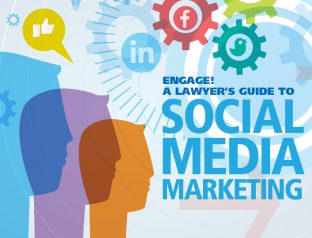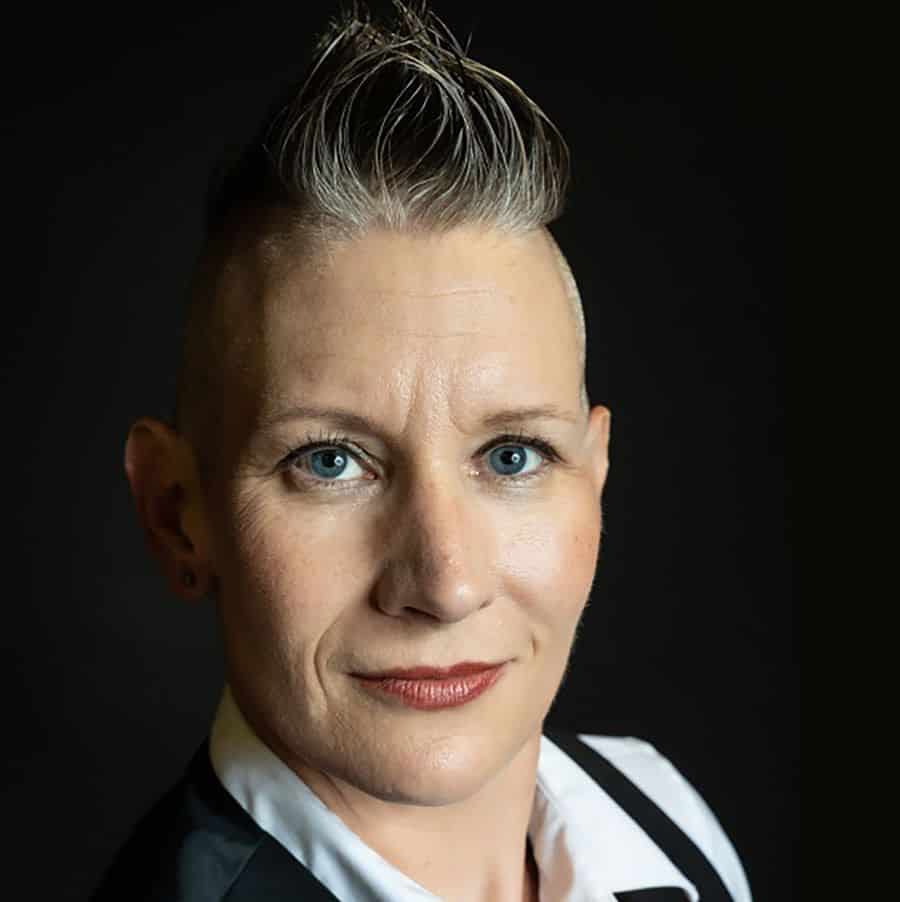Most lawyers I know have a LinkedIn profile but aren’t active on the platform. Essentially, they use it as an online resume. Even if you are one of these lawyers, LinkedIn can be a referral source for you.
I’m not really active on LinkedIn (a few posts a week and responses to messages), but whenever I meet a lawyer I like as a person, I request to connect with them on LinkedIn.
You don’t have to be that active on LinkedIn to get referrals if you have the right words on your profile. It’s what I use to find a lawyer when a prospective client needs a referral.
Everyone Has One Lawyer Friend
Friends, family, clients and acquaintances all ask us for legal help on a regular basis — likely because we are the only lawyer they know. Few of us are general practitioners, so if the person’s needs don’t fit within our practice area, we have to give them a referral. Many times people ask us for help, not because they expect us to take on the matter, but rather to give them the name of a lawyer who can help. We are a more trustworthy information source than a Google search.
I have a handful of people who are my go-to’s for particular practice areas. (Don’t ask me to send you referrals for people who have been in an auto accident in Phoenix. I already have someone who gets first dibs on those.) For most other situations, I look to LinkedIn.
Here’s How I Do It
When I need to find a lawyer to refer and I can’t think of someone suitable, I use the search function on LinkedIn.
- I start by doing a search for “lawyer” and a term related to the desired practice area, like “probate,” “child support” or “Americans With Disability Act.”
- This usually produces hundreds of results, so then I limit the results to my “first connections.”
- If there are still too many results, or I need a lawyer who is licensed in a particular state, I’ll limit the results to a particular city near the prospective client. (LinkedIn doesn’t have an option to limit the results by state. Sometimes I’ll change the city to multiple locations in the same state — for example, Phoenix, Tucson, Flagstaff and Yuma for Arizona.)
Once I have a manageable list of results, I look for anyone I may know. (I accept requests to connect from people I’ve never met.) I open the profiles of those people to verify that their current practice areas fit with the prospect’s needs. (You’ll pop up in the search results if there’s a match with any position you’ve had, which may be an area you worked in only during a summer internship.)
The better I know you, the more likely I am to refer you work. Actually, it’s the better I like you. (Friends help friends.) I’ve given referrals to schoolmates (elementary through law school), people I’ve met at events, even people I’ve met only once. If you fit the prospective client’s needs and I have positive feelings for you, there’s a good chance I’ll send you a referral.
Just this month, I gave a referral to someone I met, at most, twice.
As a general rule, I don’t give the prospective client more than three recommendations. When I give these referrals, I give the prospect a link to either your LinkedIn profile or the bio on your firm’s website.
How to Get More Referrals from LinkedIn
If you want to get more referrals from your LinkedIn profile, these are my recommendations:
- Get connected. Request to connect with people you know, especially other lawyers. You can likely run your contacts through LinkedIn. Request additional connections as you meet more people.
- Update your profile. Update the description for your current position to include all your areas of practice and what states you’re licensed in. Also, incorporate key terms that someone might look for (like a fellow attorney) when searching for a referral.
- Look your best. Make sure you have a professional-caliber headshot photo on your profile. It may be the first thing a prospective client sees.
Footnote: Friends Don’t Send Friends Bad Referrals
The purpose of giving referrals is to be helpful — both to the prospective client and the other lawyer. If someone asks for help finding a lawyer and they’re a jerk, I don’t send them to my connections. I give them the information for a lawyer referral service or the state bar.
Illustration ©iStockPhoto.com
More LinkedIn Tips for Lawyers on Attorney at Work
- “You Need to Pimp Your LinkedIn Profile” by Susan Kostal
- “Advanced LinkedIn Tips for Lawyers” by Ari Kaplan (Infographic)
- “Take the Time to Tell Your Story on LinkedIn” by Susan Kostal
- “Lawyers and LinkedIn Skills and Endorsements” by Nancy Myrland
- “Attorney Bios: Make LinkedIn Recommendations Your New BFF” by Susan Kostal
- “Snap a Winning Headshot” by Clint Brandhagan

















